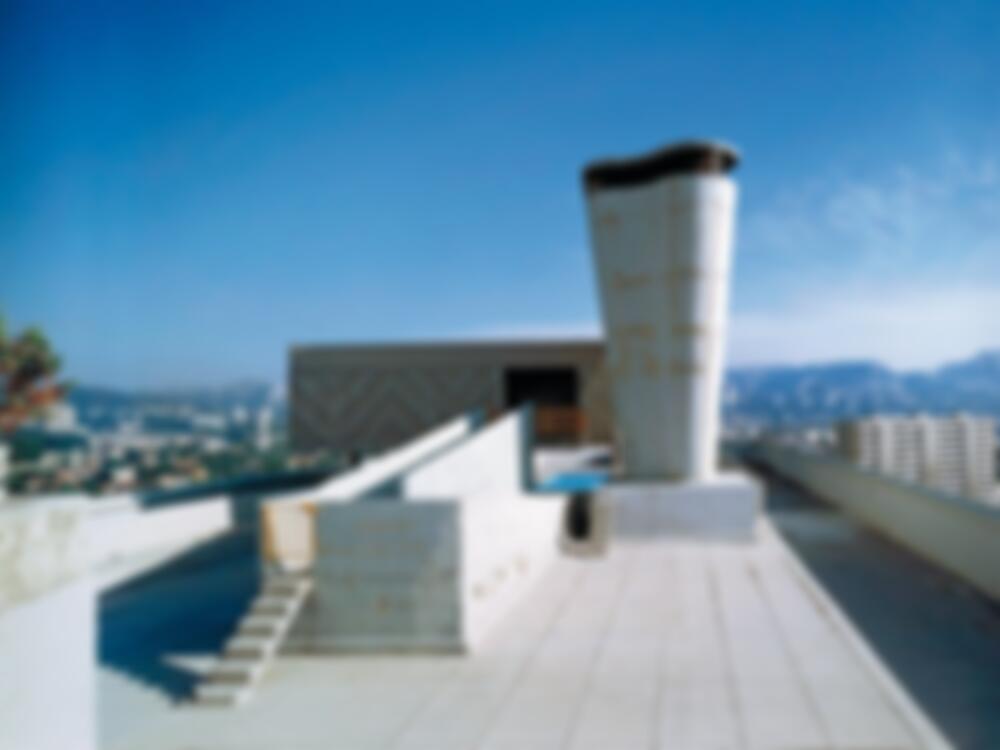“The flat roof has been an architect’s dream for four centuries. In the mid-nineteenth century, this dream was fulfilled. But once they had the flat roof, most architects didn’t know what to do with it.” These were the words of Adolf Loos, who in 1923 resignedly referred to an issue central to 1920s architectural discourse. Indeed, the introduction of manufactured...
Discussion: From Lid to Landscape – The Programmed Roof from Modernism to the Present Day
Issue
01-02/2009 Roofs
Source
DETAIL

© Peter Cook

© Peter Cook